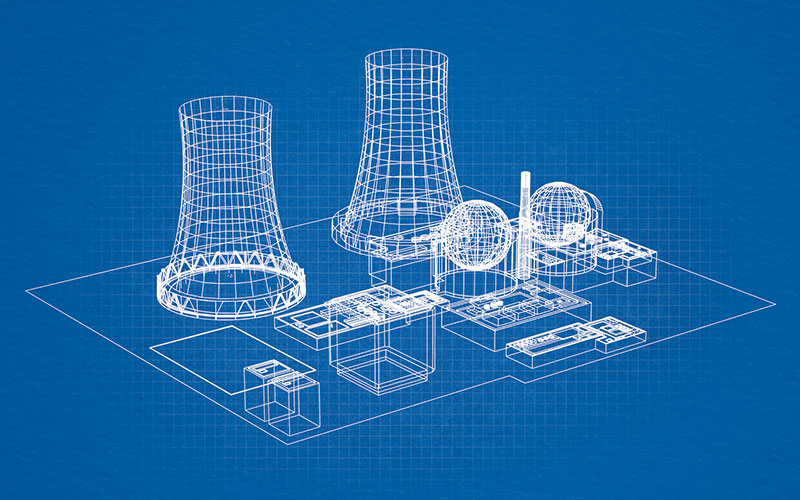Managing nuclear new build risks
When building a nuclear power plant, it is almost a case of when – not if – a dispute will arise. Understanding the risks is key to mitigating them, say partners at White & Case

The nuclear industry has proven fertile ground for commercial disputes. Few industry sectors face sterner regulatory oversight or greater technical complexity.
Nuclear power is a highly sophisticated industry in which projects are prone to cost overruns and delays. Of the 441 reactors in operation around the world, only two were completed on budget and on time.
Understanding dispute risks inherent in new nuclear power plant (NPP) projects goes a long way in helping all involved to manage these disputes when they arise.
Why disputes occur
There is intense scrutiny of all aspects of nuclear plant construction from both safety and security perspectives. Reactor suppliers, contractors and day-to-day operations are watched by the nuclear regulator in a fashion that is unrivalled in other construction projects, and tension between regulator, owner and supplier is ever-present.
But even projects that face no obstacles can take the best part of a decade to get from conception to operation, historically averaging at least eight years to complete.
Overruns are the norm, and with this comes disputes about who is responsible and for how much. Given the nature of the industry and the costs involved, these disputes – costly affairs themselves – tend to be played out in a very public way and often take a very long time to resolve.
Licensing risks
Licensing risk is one of the critical areas for new nuclear projects and this often generates headlines due to their politically sensitive nature. An initial license to develop a new plant may be required, followed by a construction license, followed by licenses to permit the transportation of nuclear fuel, and finally an operational license to run the plant. Every one of these steps creates an environment for delays and cost overruns.
Lost expertise and knowledge gap
During the nuclear industry’s heyday, from the 1960s to the 1980s, countries such as the US, France and the UK developed deep and institutional expertise in nuclear planning and construction. Much of that skill base has since been lost, with many equipment and service suppliers exiting the industry. By the early 2000s, only a relatively limited supply chain to support renewed interest in NPP construction remained, with many leading experts long past retirement age.
This left many countries with established expertise in operating and decommissioning nuclear plants, but a shortage of know-how in the planning and construction phase – adding significant risk. This skills gap extends to the wider support industries, including legal and financing expertise.
Designs on nuclear
One of the most important stages of any NNP project is the design and planning phase. The more detailed and prescriptive the documentation is at this stage, and the more precise the wording in the contract, the greater the chance of avoiding delays and disruptions throughout the entire project.
Some designers believe that small modular reactors (SMRs), made using standardised factory-manufactured parts delivered ready for assembly, may offer lower investment risk and costs. With a simpler design than larger reactors, and a shorter construction phase of 19–24 months, SMRs have become increasingly popular globally.
The construction of SMR first-of-a-kind designs presents both technological and licensing risks, but once units are built using proven designs, these risks will be reduced. Further, although the risk is arguably lower than for larger reactors with longer construction times, SMRs remain complex and costly projects, susceptible to delays and cost overruns.
Nuclear power is here to stay
Despite the numerous challenges the industry faces, nuclear power will remain a key source of energy for decades to come. Given the significant risks inherent in any new nuclear project, mitigating these risk factors from the outset should be a key consideration for all involved.
The greater the understanding of the issues that could arise, and the earlier these issues are understood, the less likely they are to evolve into disputes – or at least the better prepared those involved will be to manage those disputes. This foresight could go a long way to reducing the significant cost increases and extended construction schedules that currently challenge the industry.
By Andrew McDougall QC, Daniel Garton, Richard Hill, Kirsten Odynski and Dipen Sabharwal QC, Partners, White & Case






Follow us
Advertise
Free e-Newsletter